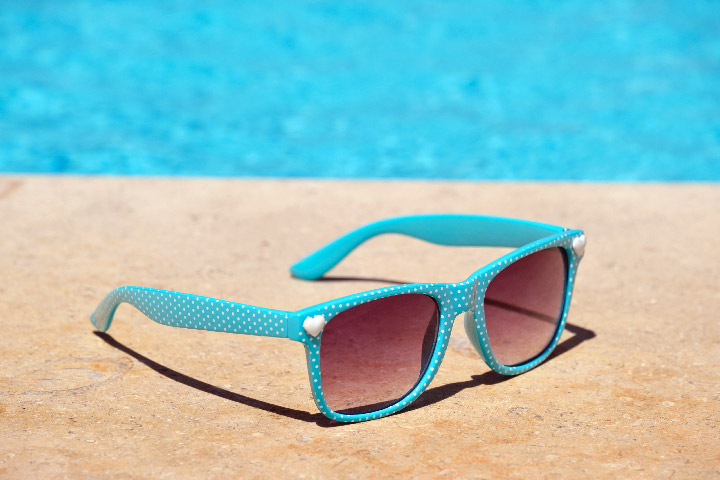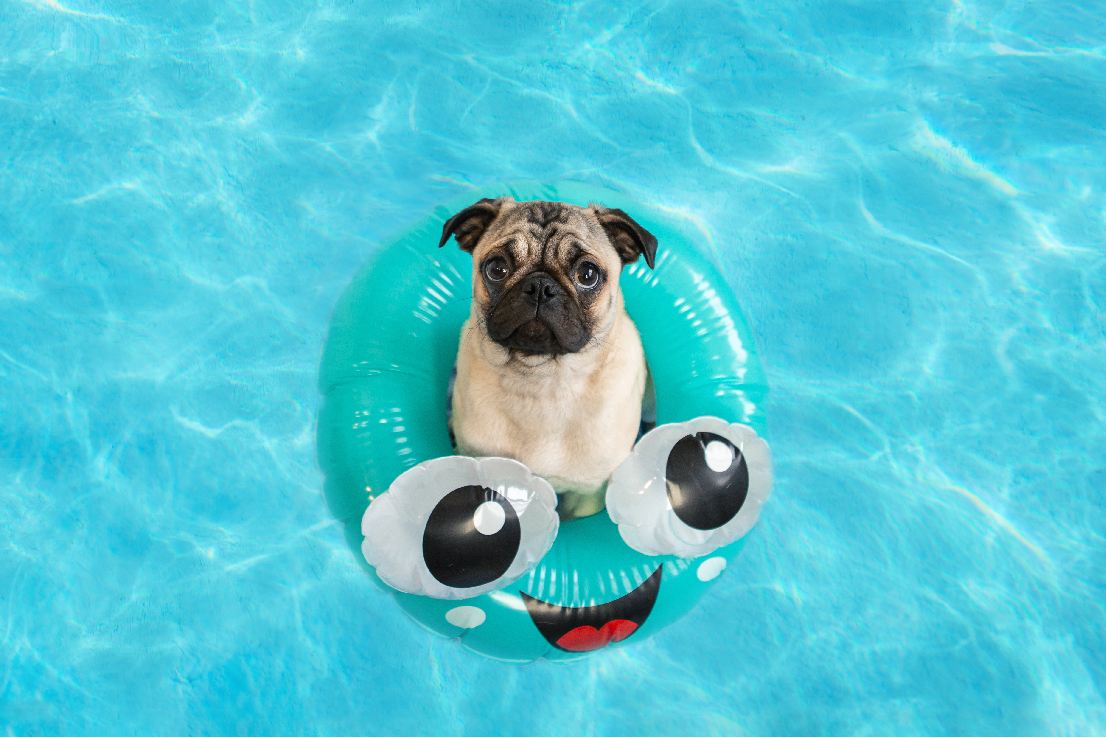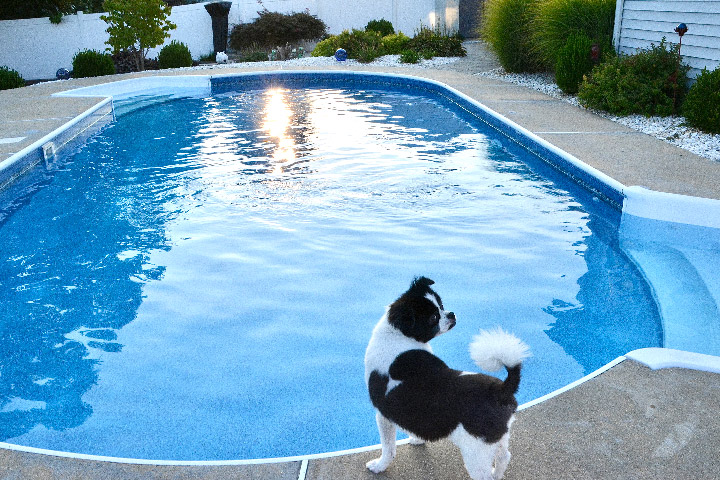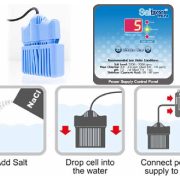
Pool UV Systems: A New Pool Owner’s Guide to Ultraviolet Sanitation
Understanding the Basics, Benefits, and Maintenance of UV Pool Systems
As a new pool owner, you may be exploring various options for maintaining clean and safe pool water. One increasingly popular method is the use of ultraviolet (UV) pool systems. This article will provide an overview of UV pool systems, explain their benefits, and offer guidance on maintenance, helping you decide if this technology is the right fit for your pool.
- Basics of UV Pool Systems
UV pool systems use ultraviolet light to sanitize pool water by destroying microorganisms, such as bacteria, viruses, and algae. These systems work by circulating water through a chamber containing a UV lamp. As the water passes by the UV light, microorganisms are exposed to the ultraviolet radiation, which damages their DNA and renders them harmless.
It’s important to note that UV systems should be used in conjunction with a primary sanitizer, such as chlorine or bromine. The UV system acts as a supplemental sanitizer, improving water quality and reducing the amount of chemicals required.
- Benefits of UV Pool Systems
UV pool systems offer several advantages to pool owners, including:
a) Improved Water Quality: UV systems effectively eliminate harmful microorganisms, resulting in cleaner and safer pool water.
b) Reduced Chemical Use: By destroying microorganisms that would typically require higher levels of chemicals to control, UV systems can reduce the amount of chlorine or other sanitizers needed, leading to fewer chemical-related irritations and odors.
c) Enhanced Safety: UV systems can eliminate chlorine-resistant microorganisms, such as Cryptosporidium, reducing the risk of waterborne illnesses.
d) Eco-Friendly: UV systems are environmentally friendly, as they do not produce harmful byproducts or require the disposal of hazardous chemicals.
e) Low Maintenance: UV systems require minimal maintenance, making them an attractive option for busy pool owners.
- Maintenance of UV Pool Systems
While UV pool systems are relatively low-maintenance, there are a few key tasks to ensure optimal performance:
a) Lamp Replacement: UV lamps have a limited lifespan, typically around 12,000 to 14,000 hours of operation. It’s essential to replace the lamp as per the manufacturer’s recommendations to maintain effective sanitation.
b) Cleaning the Quartz Sleeve: The UV lamp is housed within a quartz sleeve, which can become dirty or coated with mineral deposits. Regular cleaning of the quartz sleeve, as recommended by the manufacturer, will ensure optimal UV transmission and effectiveness.
c) Inspect and Clean Components: Regularly inspect and clean other components, such as O-rings and seals, to prevent leaks and maintain proper functioning.
d) Monitor System Performance: Regularly check the UV system’s performance indicators, such as the UV intensity meter or lamp life indicator, to ensure the system is operating effectively.
Conclusion
For new pool owners seeking a supplementary sanitation method that improves water quality, reduces chemical usage, and offers environmental benefits, a UV pool system is worth considering. With minimal maintenance requirements, UV systems are a convenient and effective option to enhance the safety and enjoyment of your swimming pool. By understanding the basics, benefits, and maintenance of UV pool systems, you can make an informed decision and invest in a technology that aligns with your pool care preferences.




